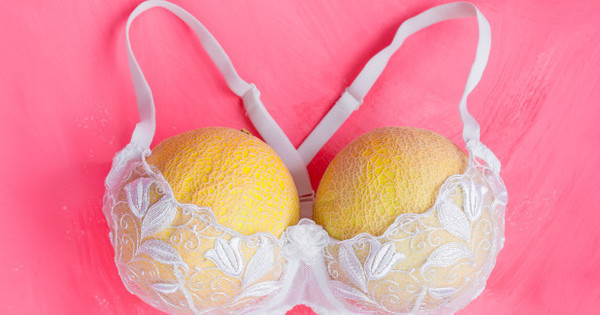1 in 30 Malaysian women are at risk of breast cancer, the leading cancer afflicting women worldwide.
Though it is far less common, men can develop breast cancer too.
Image via Breast Cancer News
According to the National Cancer Society Malaysia (NCSM), 43% of breast cancer cases in the country are discovered in the third and fourth stages.
“This is unfortunate because breast cancer is highly treatable if detected early,” NCSM medical director Dr M. Murallitharan told Bernama.
Image via @SelinaBrandse/Twitter
“Fourty percent of diagnosed breast cancers are detected by women who feel a lump, so establishing a regular breast self-exam is very important,” Johns Hopkins Medical center stated, according to the National Breast Cancer Foundation.
Since October is Breast Cancer Awareness Month, here’s a reminder to regularly perform these 5 breast self-examination steps:
These steps are recommended by Breastcancer.org, and it is advised that you do them on a monthly basis.
Step 1, with arms on your hips: Stand in front of a mirror and look at your breasts
Image via @breastcancerorg/Twitter
What to look out for:
Dimpling, puckering, or bulging skin.A lump in the breast or armpit.An unusual swelling in the armpit.An unusual increase in the size of one breast.One breast being unusually lower than the other.A nipple that has changed position, or a nipple that is pushed inward.An enlargement of the glands.Redness, soreness, rashes, or swelling.
Image via Green Imaging
Step 2, with arms raised: Stand in front of a mirror and look at your breasts
Image via @breastcancerorg/Twitter
What to look out for:
Dimpling, puckering, or bulging skin.A lump in the breast or armpit.An unusual swelling in the armpit.An unusual increase in the size of one breast.One breast being unusually lower than the other.A nipple that has changed position, or a nipple that is pushed inward.An enlargement of the glands.Redness, soreness, rashes, or swelling.
Step 3, signs of fluid: Look for any signs of fluid coming out of one or both nipples
What to look out for:
Blood.Watery fluid.Milky fluid.Yellow fluid.
Image via Green Imaging
Step 4, while lying down: Feel your left breast with your right hand using a circular or vertical motion.
Then, do the same with your right breast using your left hand.
Image via @breastcancerorg/Twitter
While keeping the fingers flat and together, cover the entire breast from top to bottom, from your collarbone to the top of your abdomen.
Do the same side to side, from your armpit to your cleavage.
Step 5, repeat: Do the motions under Step 4 while standing or sitting
Image via @breastcancerorg/Twitter
This is easiest to do while skin is wet and slippery, such as while showering.
Here are other helpful self-examination tips you should know (and so you won’t freak out unnecessarily):
Image via Coco Cake Land
A breast self-exam is recommended to be done every month, two or three days after menstruation. This is because breasts are less tender during this period.For those who are no longer menstruating, choose a day that’s easy to remember to perform self-examinations such as the first or last day of the month.Most women have lumpy areas in their breasts that are not benign, so don’t panic if you think you feel a lump. Seek advice from a doctor.In most cases, only changes to breasts that last more than one full menstrual cycle or seem to become more prominent are a cause for concern.



